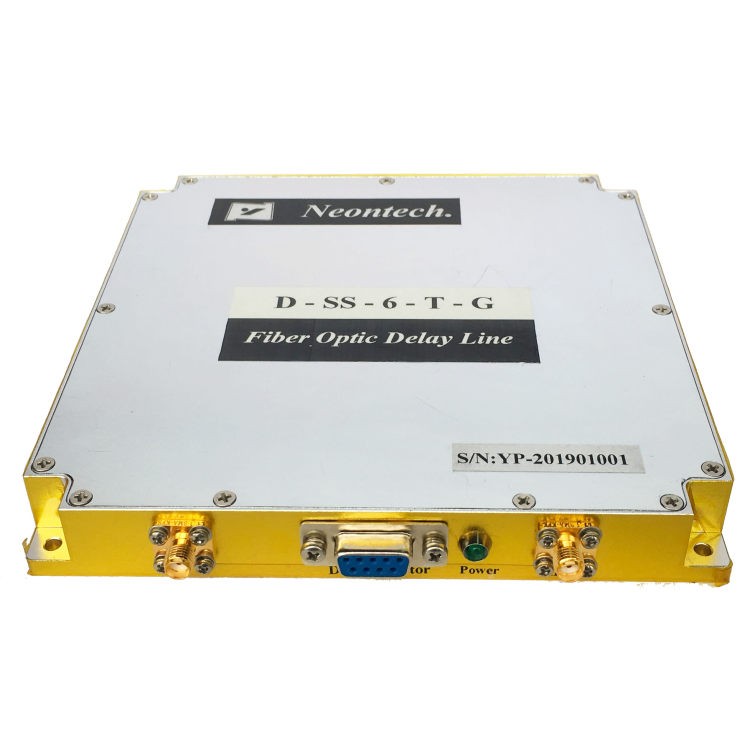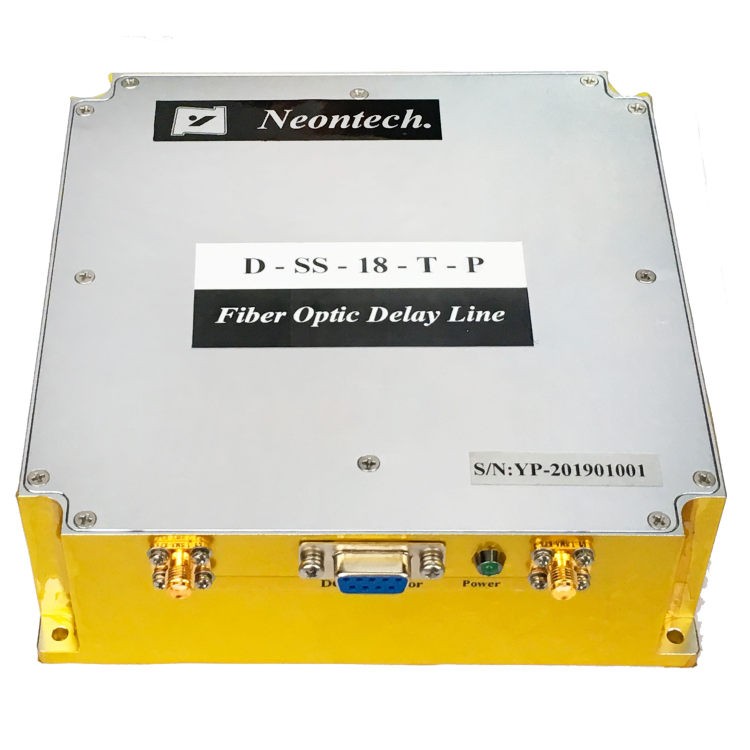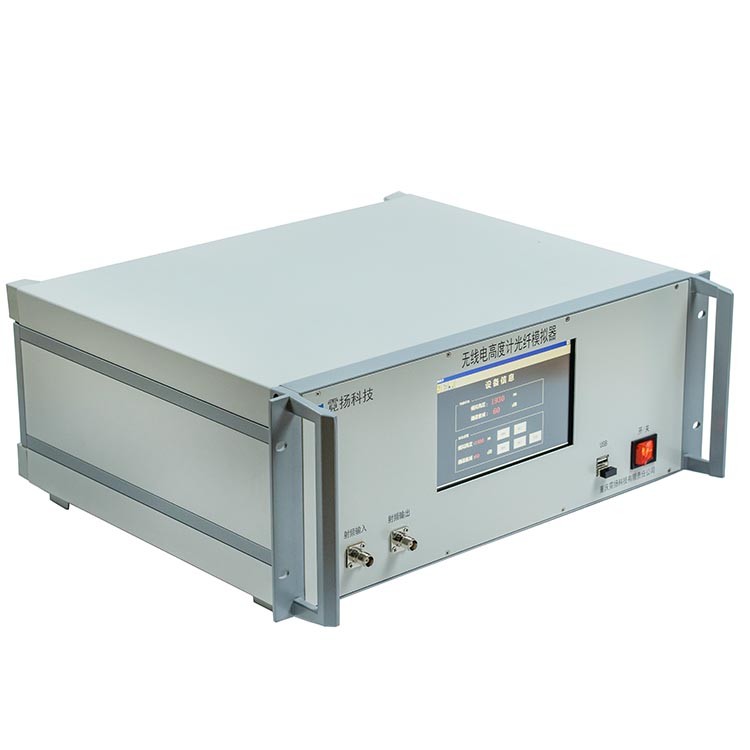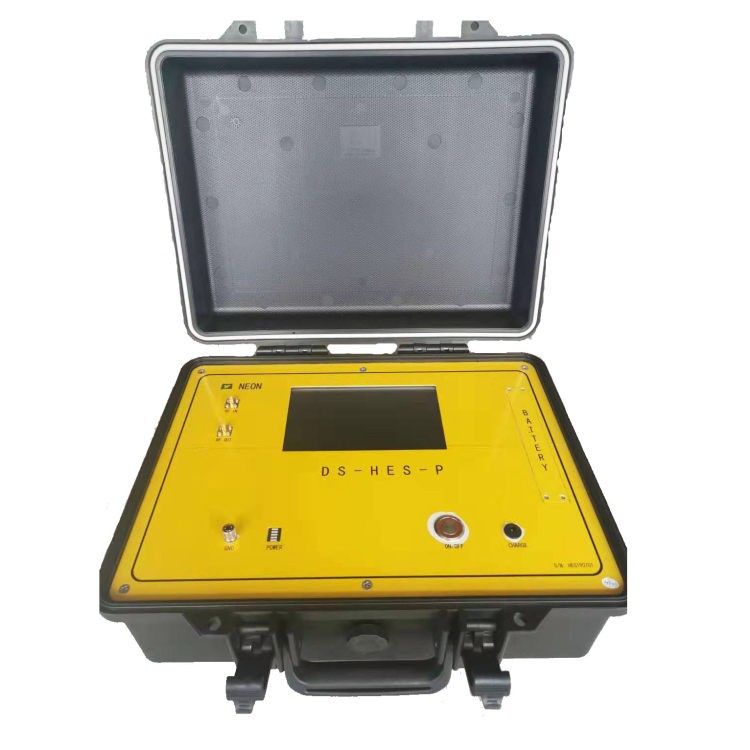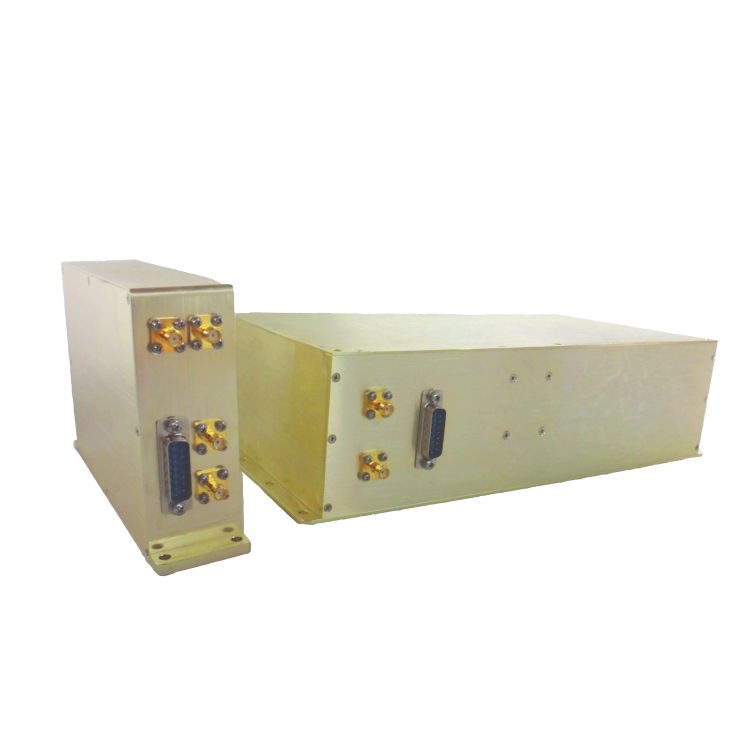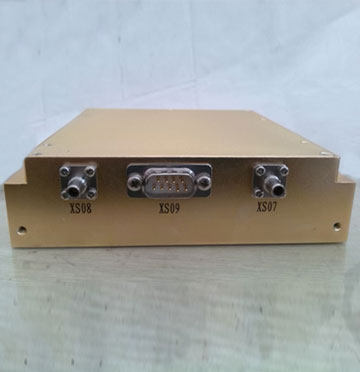Application of Optical Delay Line in Terahertz Time-Domain Spectroscopy
An optical delay line is a device that can change the optical path, and it has a wide range of applications in optical detection fields such as terahertz time-domain spectroscopy (THz-TDS), optical coherence tomography (OCT), and ultrafast time-resolution spectroscopy.
Photoconductive Antenna Detection Principle
In a typical terahertz time-domain spectroscopy system based on a photoconductive antenna, the photoconductive sampling method is used to collect terahertz time-domain signals. Photoconductive sampling is a detection technology developed based on the inverse process of the photoconductive antenna (PCA) emission mechanism to detect THz pulse signals. To detect a THz pulse signal, first place a PCA without a bias voltage in the terahertz optical path so that it can be gated by an optical gating pulse (detection pulse), where the detection pulse and the pump. The pump pulse has an adjustable time delay relationship; then a beam of detection pulses is used to hit the photoconductive medium, and electron-hole pairs (free carriers) can be generated in the medium at this time, and the Hertzian pulse is used as a bias electric field on the PCA to drive the movement of the carriers, thereby forming a photocurrent in the PCA; finally, a collection circuit connected to the PCA is used to collect and process the current. Among them, the photocurrent formed in PCA is directly proportional to the THz instantaneous electric field. The time delay between the probe pulse and the pump pulse is achieved by an optical delay line.
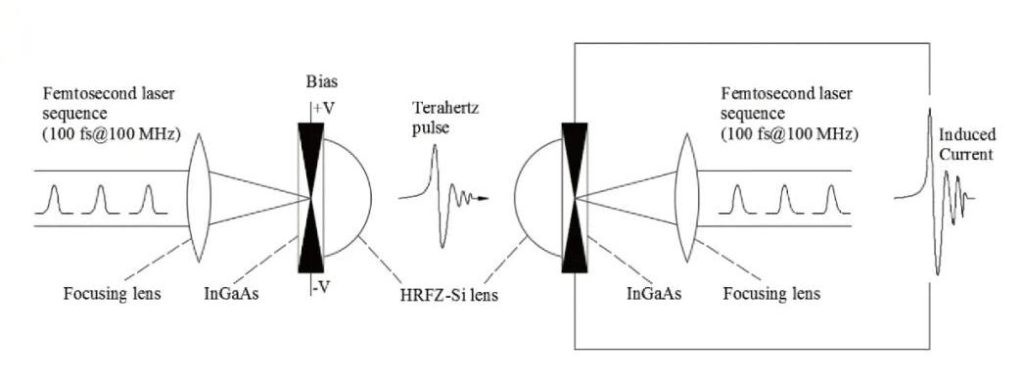
How to achieve optical delay by the optical delay line?
The optical delay line device drives the reflective device on the micro-displacement platform to move in one direction through a linear displacements unit such as a manual linear slide, a stepping motor, a voice coil motor or a linear motor and changes the optical path to achieve optical delay. Due to the micro-displacement technology With high reliability and low cost, this method is widely used. In addition, the rotating motor can also drive the reflective device to rotate at a high speed, changing the optical path to achieve optical delay. This method can achieve a higher sampling rate, but the corresponding delay accuracy will also be reduced.
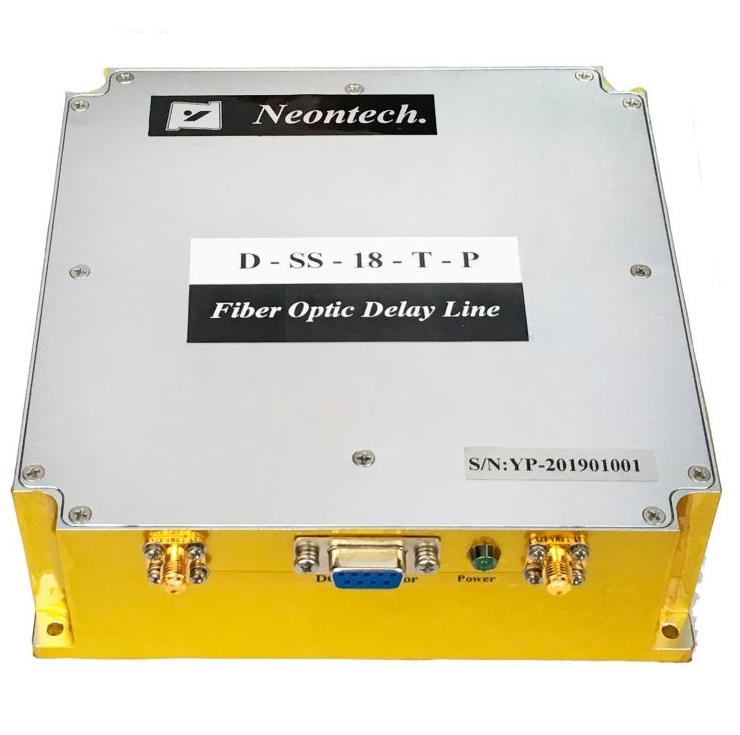
Parameters of the optical delay line
Delay range, delay accuracy, and insertion loss are important index parameters of optical delay lines.
The delay range refers to the delay time window of the optical delay line, which reflects the maximum optical path delay that the delay line can provide. At the same time, the reciprocal of the delay range directly reflects the spectral resolution of the frequency domain signal, which is mainly affected by the structural layout and motor movement. impact of travel, etc.
The delay accuracy reflects the minimum delay resolution (including uncertainty) that the delay line can give. The delay accuracy is very important for the accuracy and signal-to-noise ratio of the collected terahertz time-domain pulse signal. It is mainly affected by the motor Platform performance and control system constraints.
The insertion loss reflects the attenuation degree of the laser power by the delay line system, which includes two parts, one is the absolute insertion loss value at different positions, and the other is the change of the absolute insertion loss value in the entire delay range, especially the insertion loss change It directly affects the accuracy of terahertz time-domain pulse signal acquisition.
To sum up, the optical delay line plays a vital role in the terahertz time-domain spectroscopy system and is the key link that affects the accuracy, signal-to-noise ratio, and spectral resolution of the terahertz signal.


